Not all houseplants are created equal—some are pretty to look at, while others quietly scrub toxins from the air while they sit on your windowsill. If you’re after greenery that does more than just decorate, air-purifying plants can pull double duty by improving your space and your air quality. These 12 picks are the ones that live up to the hype—and won’t leave you wondering why your apartment still smells like takeout.
1. Snake Plant
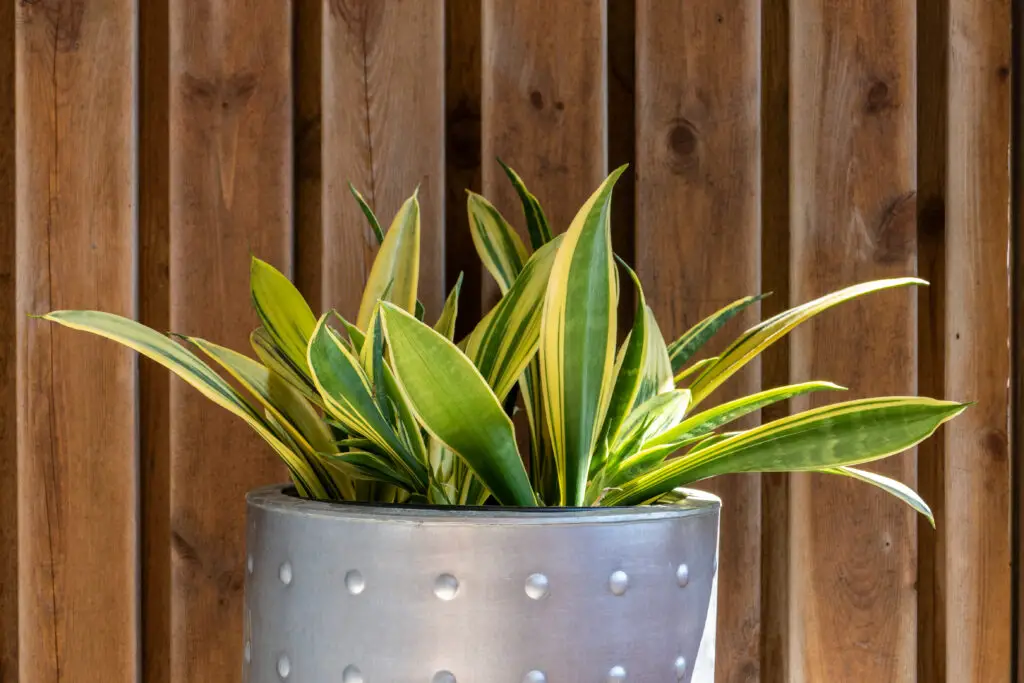
The snake plant is basically a superhero in plant form: low maintenance, good-looking, and scientifically proven to help clean your air. According to Easy Plant, it can remove toxins like benzene, formaldehyde, and xylene, which are found in everything from cleaning products to furniture glue. What makes it even more impressive is that it performs photosynthesis at night, which means it releases oxygen while you sleep. That makes it a great pick for bedrooms in particular.
On top of that, it thrives on neglect—it needs very little water and tolerates low light. If you’ve killed every succulent you’ve ever owned, the snake plant might restore your confidence. Its upright, architectural leaves also make a stylish statement in any corner. Plus, once you own one, you’ll probably want five.
2. Peace Lily
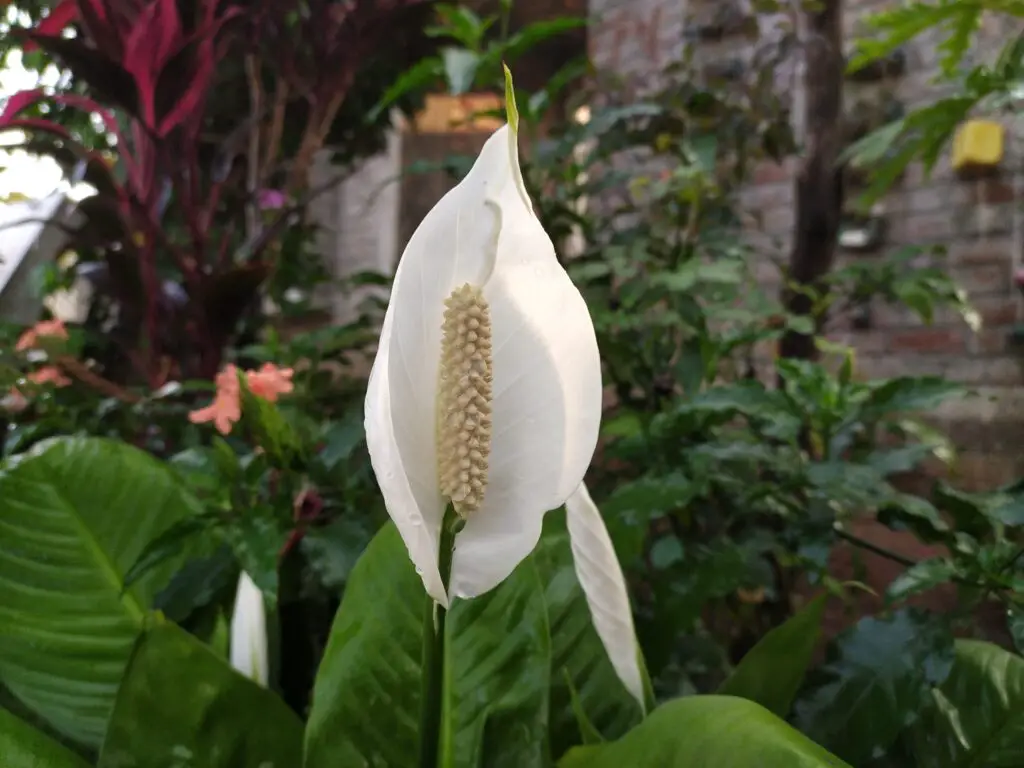
With its glossy leaves and elegant white blooms, the peace lily makes a stunning first impression—but it’s also doing serious work behind the scenes. Dr. Kumo ranks it highly for removing airborne toxins like ammonia, benzene, and formaldehyde. That means it’s great for freshening up office spaces or bathrooms, where those chemicals tend to linger. It’s also one of the few plants that signals when it needs water—droopy leaves are a dead giveaway.
It prefers indirect light and consistent moisture, so it’s not quite as “set it and forget it” as the snake plant. But the extra care pays off. You’ll get the benefit of cleaner air and a plant that blooms regularly if it’s happy. Just keep it away from pets—it’s toxic if ingested.
3. Rubber Plant
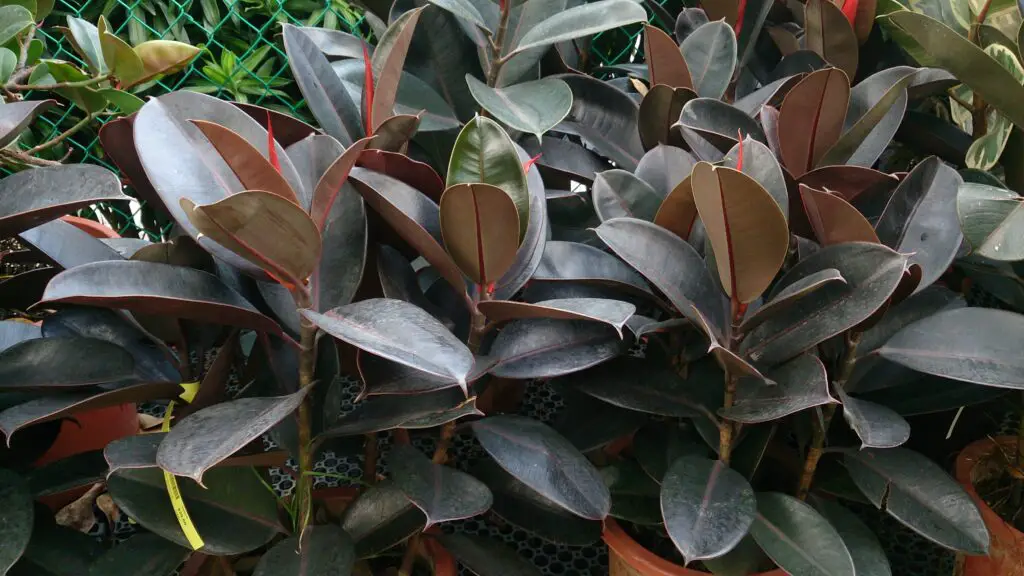
The rubber plant has been a houseplant favorite since mid-century modern design first hit living rooms, and for good reason. It’s not just attractive; Architectural Digest confirms it’s also a hardworking air purifier, especially when it comes to filtering formaldehyde. Its large, waxy leaves pull toxins from the air while giving your space a moody, dramatic vibe. Bonus: it grows tall and fast, which makes it ideal if you’re looking to green up a bare wall.
This plant likes bright, indirect light and regular watering (but not soggy soil). It does best when left in one spot, so avoid moving it too often. If you wipe its leaves regularly, it’ll be even more efficient at pulling dust and particles from the air. It’s a little more high-maintenance—but worth the extra love.
4. Areca Palm
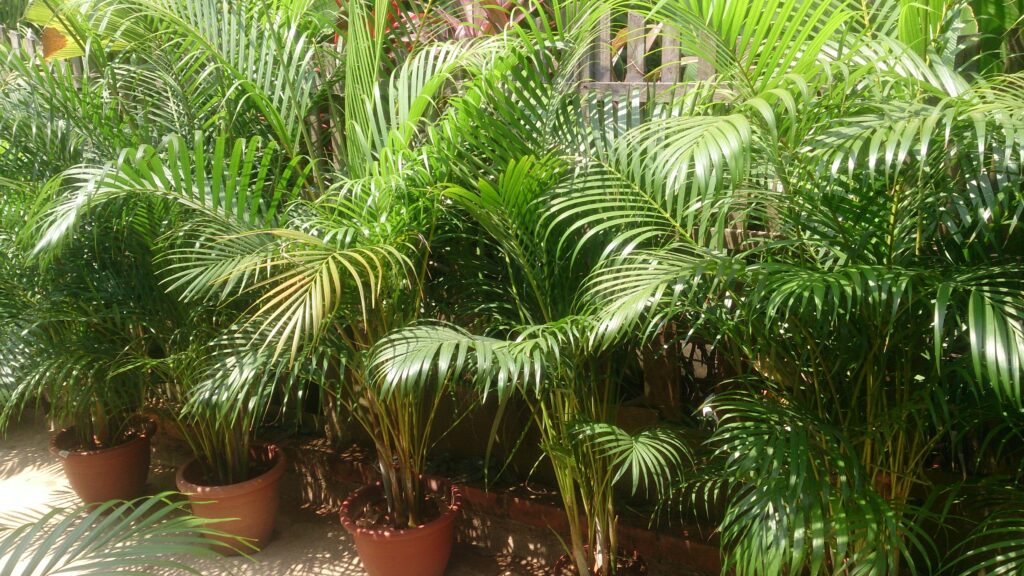
If you’re after a tropical feel and fresher air, the areca palm is a go-to. The Spruce lists it as one of the top-rated air-purifying palms because it filters out pollutants like toluene and xylene. It’s also a natural humidifier, adding moisture to dry indoor spaces—especially helpful during winter or if you run a lot of AC. Its feathery fronds can instantly make your home feel like a vacation spot.
Areca palms need bright, filtered light and regular watering. They also like a little humidity, so misting occasionally helps. If you’ve got space for it to stretch out, it’ll grow into a show-stopping centerpiece. And let’s be honest—what’s more grown-up than having your own indoor palm tree?
5. Spider Plant
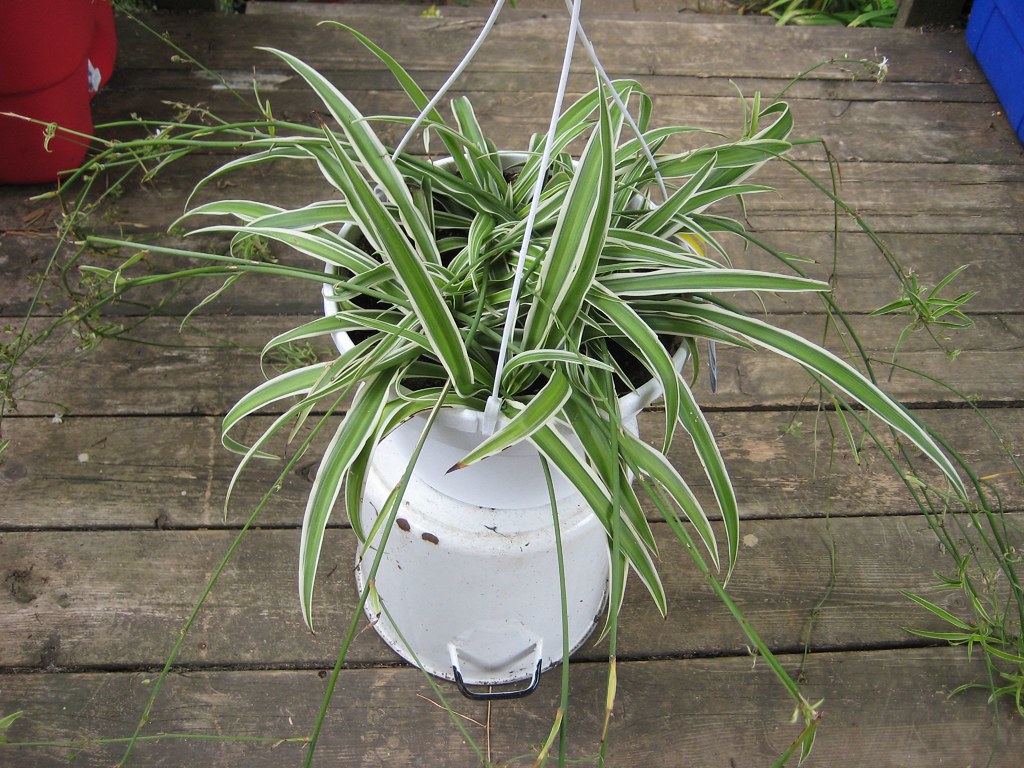
The spider plant is the ultimate beginner-friendly air purifier. It’s forgiving, fast-growing, and super efficient at tackling pollutants like carbon monoxide and formaldehyde. Its long, striped leaves look great in a hanging basket or a sunny windowsill. Plus, it shoots out little “baby” plants (called pups) that you can repot and share.
This plant doesn’t need much—just moderate light and occasional watering. It’s also non-toxic, making it perfect for households with curious pets or kids. With regular care, it’ll reward you with lush growth and cleaner air. And once you’ve seen it thrive, it’s easy to get attached.
6. Boston Fern
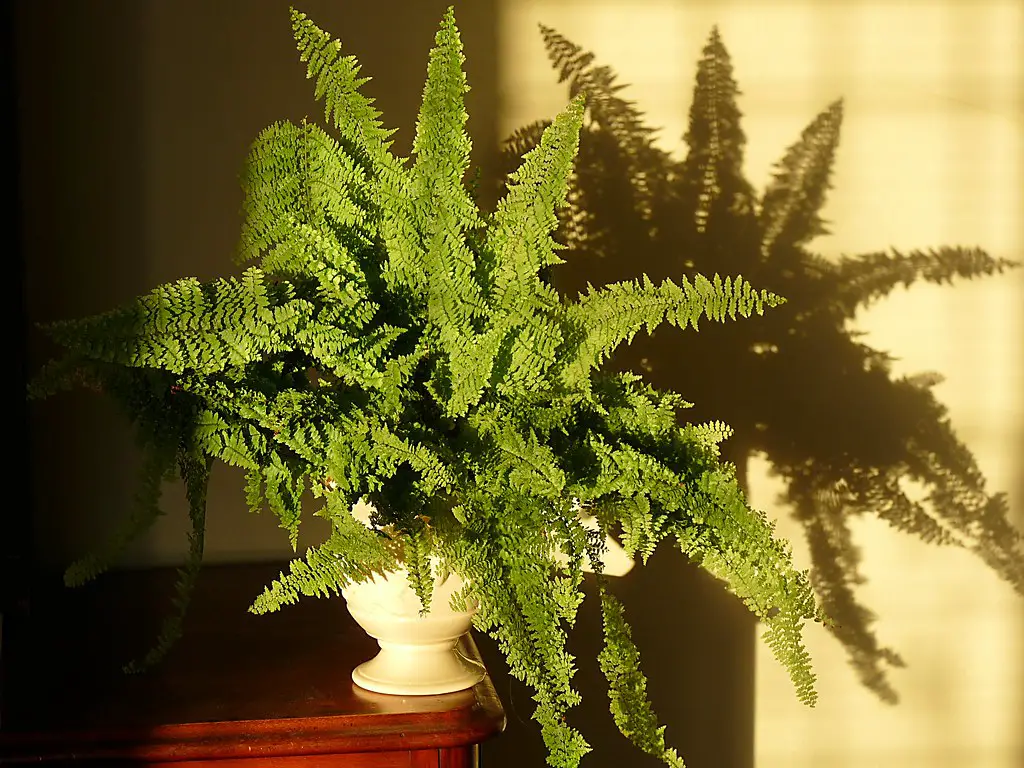
Boston ferns are like the quiet overachievers of the plant world. They’re excellent at removing pollutants—especially formaldehyde—and they double as natural humidifiers. Their feathery, cascading fronds add soft texture to any room. And with a hanging basket or plant stand, they can easily become a centerpiece.
The catch? They’re a little fussy about moisture and humidity. Keep them in a cool spot with indirect light, and mist them often to keep their leaves happy. It’s worth the effort if you want a classic plant that does more than just sit pretty.
7. Aloe Vera
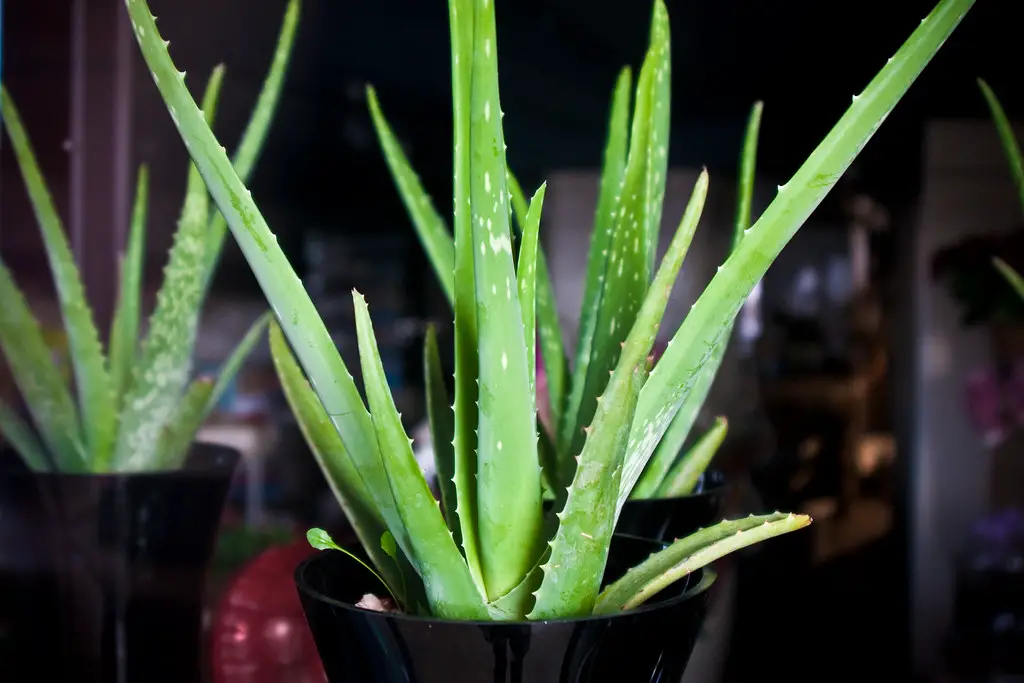
Aloe vera is more than a soothing gel in your skincare routine—it’s a functional houseplant, too. While it’s not the strongest air purifier out there, it does help filter formaldehyde and benzene in small spaces. It’s compact, easy to care for, and doubles as a first-aid kit. Just snap a leaf to soothe sunburns, minor cuts, or dry skin.
It prefers lots of sunlight and minimal watering—perfect for sunny kitchens or offices. Like all succulents, it’s drought-tolerant and thrives on benign neglect. Just make sure the soil drains well to prevent root rot. Stylish and useful? Yes, please.
8. ZZ Plant

If you’ve got a black thumb, meet your match: the ZZ plant is nearly indestructible. Its waxy, dark green leaves aren’t just pretty—they’re also quietly purifying your air. While not officially on NASA’s list, studies suggest it helps remove toxins like xylene and toluene. It’s a stealthy performer in low light and thrives on occasional watering.
This plant is especially ideal for dim apartments or windowless offices. Its slow, steady growth makes it a low-effort, high-reward addition to your space. Wipe the leaves now and then to keep them dust-free and efficient. And be warned: once you have one, you’ll probably want a second.
9. Bamboo Palm
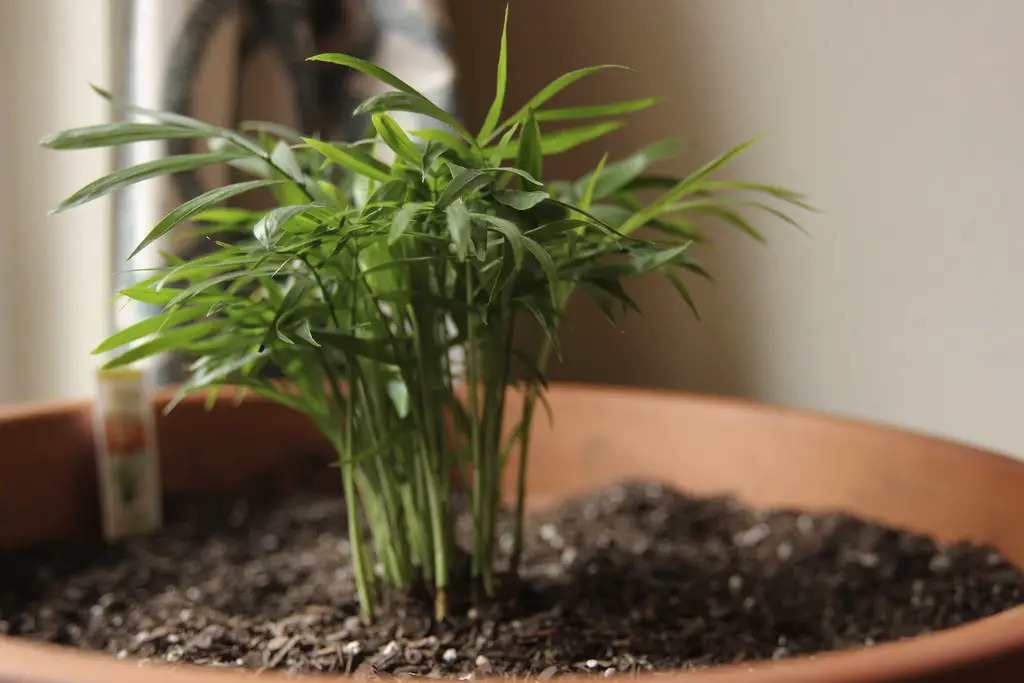
The bamboo palm looks like a mini rainforest tucked into a pot. It’s especially good at removing airborne toxins like benzene and carbon monoxide while pumping moisture into the air. Its upright, reed-like stems and fan-shaped leaves give it a clean, modern profile. And it can grow tall enough to help define open spaces.
Place it in bright, indirect light and keep the soil moist (but not soggy). It appreciates a little humidity, so a nearby humidifier or misting routine helps. While it may need some pruning to keep it tidy, it’s well worth the effort. It’s the kind of plant that quietly makes a big impact.
10. Pothos

Pothos are the MVPs of low-maintenance houseplants. They’re known to help remove pollutants like formaldehyde and benzene while thriving in just about any light. You can let them trail dramatically from a shelf or train them to climb. Either way, they bring both style and function to the table.
Water when the soil feels dry and give them a trim if they start to sprawl too much. They’re also super easy to propagate, so one plant can quickly become many. Plus, their air-purifying qualities only improve as they grow. If you’re short on time but want a green, helpful housemate, this is the one.
11. Dracaena

Dracaena plants come in tons of varieties—from tall, tree-like ones to compact tabletop versions. They’re efficient at filtering chemicals like trichloroethylene and xylene, making them great for office environments. Their spiky leaves and sculptural forms bring instant drama to a space. And the fact that they clean your air while doing it? Total bonus.
These plants prefer filtered light and a regular watering schedule. Some varieties can be sensitive to tap water, so distilled or filtered water is best. They’re not picky otherwise, and they adapt well to indoor environments. If you want a plant with personality and purpose, dracaena delivers.
12. Dumb Cane (Dieffenbachia)
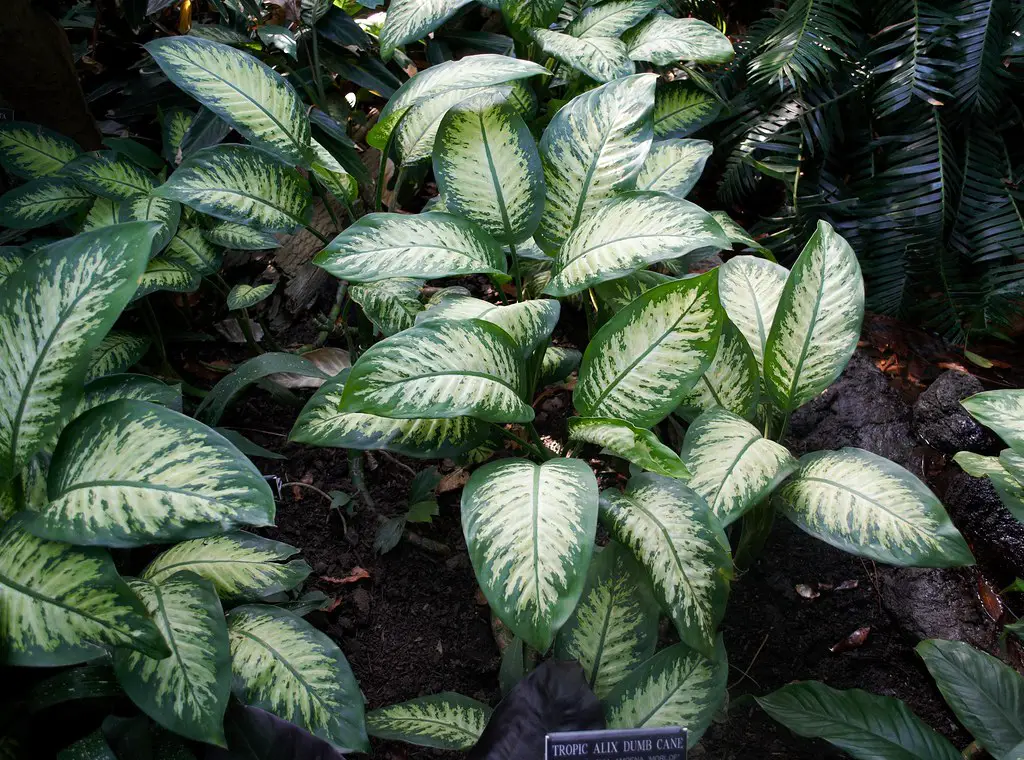
Dieffenbachia is as striking as its nickname is unfortunate. Its big, patterned leaves command attention, and it’s known to help filter airborne toxins in your home. While not as efficient as snake plants or peace lilies, it still contributes to cleaner air—especially when grouped with other plants. Plus, it adds a bold, tropical feel wherever it lives.
It thrives in low to medium light and needs consistent watering. Just be mindful: it’s toxic if ingested, so it’s not a great match for homes with curious pets. But if you want a plant that makes a visual statement and does some heavy lifting, this one’s a solid choice. It’s bold, beautiful, and quietly hardworking.
